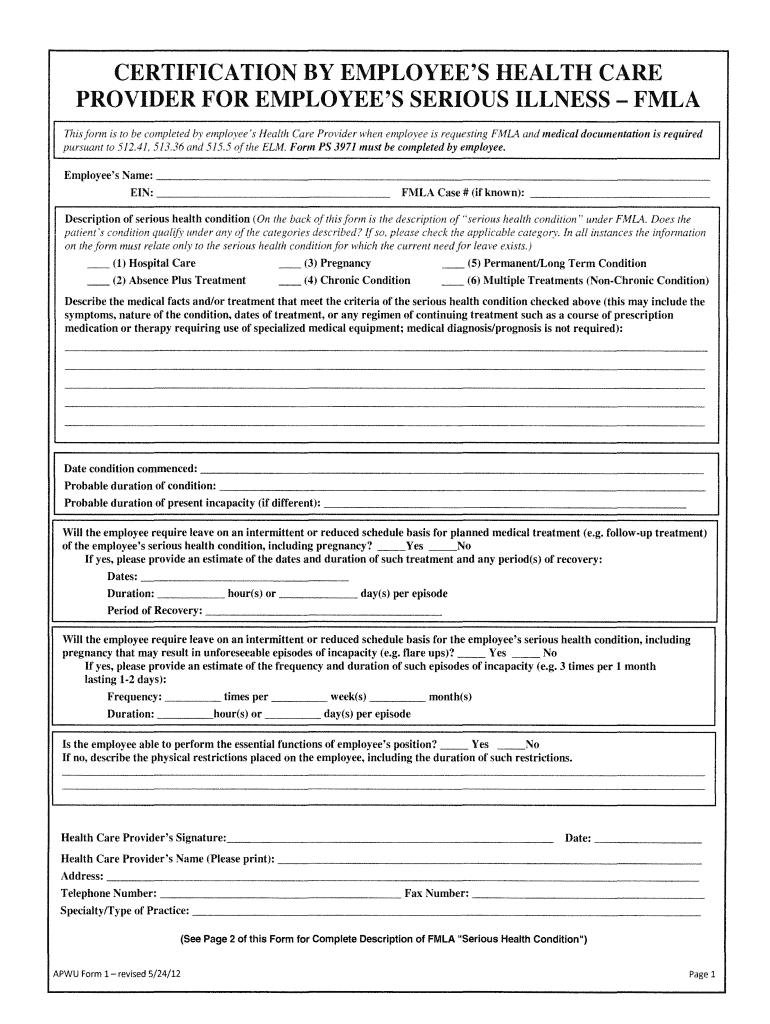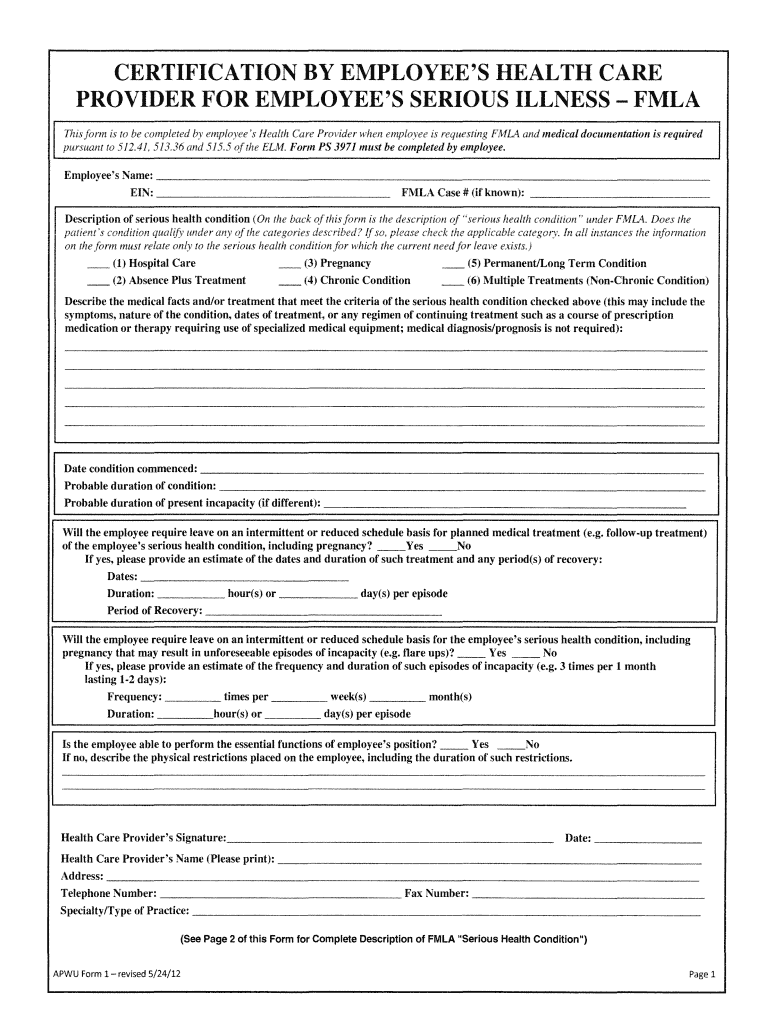5 Ways to Handle FMLA Paperwork Charges at Doctors

Handling FMLA paperwork can be a daunting task for both employees and employers. Navigating through the various charges that doctors might impose when dealing with FMLA certification can add another layer of complexity to the process. This article will outline five practical strategies to manage FMLA paperwork charges effectively, ensuring that both parties are well-informed and can work within their legal rights and financial capabilities.
Understand What FMLA Is

Key Insights
- Definition: The Family and Medical Leave Act (FMLA) entitles eligible employees to take up to 12 weeks of unpaid, job-protected leave for specified family and medical reasons. This includes maternity leave, care for a sick family member, or personal health issues.
- Doctor’s Role: Doctors are often required to provide certification to confirm the need for leave, detailing the medical condition and the necessity for the leave.
- Charges: Physicians might charge for the time spent in completing these certifications due to the administrative burden.
🤓 Note: Understanding the FMLA and its requirements is crucial before engaging with medical professionals for certification.
Ask About Fees Upfront

When preparing for FMLA paperwork, one of the first steps you should take is to:
- Ask your doctor’s office about any charges associated with filling out FMLA paperwork.
- Understand whether these charges are flat fees or if they depend on the complexity of the certification.
Here’s what you can do:
- Inquire: Contact your healthcare provider to ask about their policy on FMLA certification fees. Knowing this in advance can help you plan financially or look for alternative providers if necessary.
- Documentation: Request any fee information in writing to have a record of the agreed charges.
By understanding the fees upfront, you can better manage your budget or even negotiate if the fees seem exorbitant.
💡 Note: Transparent communication about fees ensures no surprises when the bill arrives.
Use an FMLA Certification Form

The Department of Labor provides a standardized form (WH-380-E or WH-380-F) for FMLA certification which includes:
- Clear sections for the physician to fill out concerning the medical condition and the necessary leave.
- Instructions for both the employee and employer.
| Form Name | Intended For | Download Link |
|---|---|---|
| WH-380-E | Employee's Serious Health Condition | URL Here |
| WH-380-F | Family Member's Serious Health Condition | URL Here |

Using these forms can:
- Reduce the administrative time for doctors, potentially lowering or eliminating extra charges.
- Ensure compliance with legal requirements, reducing the risk of errors in certification.
📝 Note: Use official FMLA forms to streamline the certification process and potentially reduce charges.
Negotiate Charges

If the fees seem high or unreasonable:
- Negotiate: Engage in a discussion with your healthcare provider to negotiate a lower fee or seek alternative arrangements for billing.
- Payment Options: Ask about payment plans, discounted rates, or inclusion under insurance coverage if applicable.
- Appeal: If negotiation does not go as planned, consider appealing to the practice manager or an ethics committee within the medical group.
This approach might not always work, but:
- Providers often value long-term patient relationships and might offer concessions to retain your business.
- Understanding and acknowledging the time commitment from their side might also lead to more flexible payment terms.
Understand Your Rights and Alternatives

Knowing your rights under FMLA and having alternative plans can save you from financial stress:
- Right to Refuse: Employees can refuse to have their doctor fill out FMLA forms if the charges are not within their budget, but this might mean seeking another provider or facing delays in leave approval.
- Second Opinion: Employers can request a second opinion if the initial certification is not clear or if they doubt its validity, potentially alleviating the burden from your primary care provider.
- Telemedicine: With advancements in telemedicine, some healthcare providers might offer remote certification at lower costs.
⚖️ Note: Understanding your rights under FMLA is crucial for negotiating with healthcare providers or making alternative plans.
In conclusion, dealing with FMLA paperwork charges involves understanding the law, communicating effectively, and using standardized forms to minimize potential costs. By knowing your rights, negotiating when necessary, and exploring alternatives, you can manage these charges effectively. Remember, the goal is to ensure you receive your entitled leave without undue financial strain.
Can an employer ask for a second opinion regarding my FMLA request?

+
Yes, an employer can request a second medical opinion if they doubt the initial certification or if it’s not clear. The employee is responsible for obtaining this second opinion, which can sometimes be covered under insurance or negotiated by the employer with the healthcare provider.
Are doctors required by law to fill out FMLA paperwork for free?

+
No, doctors are not required to fill out FMLA paperwork for free. They can charge for their time and the administrative work involved. However, some providers might waive fees or offer discounts depending on their policies and patient relationships.
What happens if a doctor refuses to fill out FMLA paperwork?

+
If your doctor refuses to fill out FMLA paperwork, you can seek another healthcare provider who might be more willing. Alternatively, if your employer is not satisfied with this, they might require a second opinion or could potentially contact the doctor directly to negotiate.



